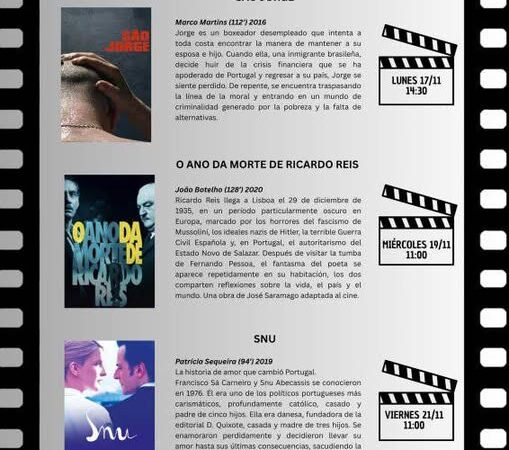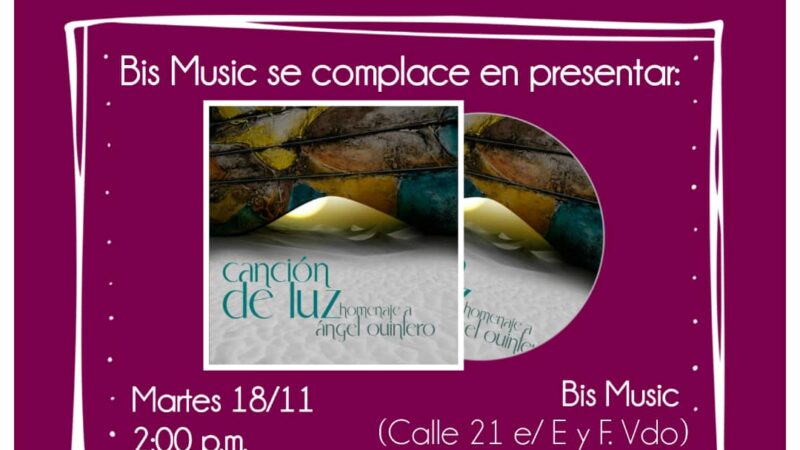Flora Fong: Iconic Figure in Cuban Culture

Flora Fong García stands as one of the most original and profound representatives of contemporary Cuban visual art. Her work—spanning symbolism, abstraction, and figuration—serves as a visual meditation on national identity, Cuba’s Chinese heritage, and Afro-Cuban spirituality.
A daughter of Chinese immigrants, Fong has masterfully transformed her family legacy into a unique artistic language, where ideograms, natural elements, and the faces of Afro-descendant women intertwine in compositions brimming with vibrancy and meaning.
Trained at the National Art School (ENA) and later at Cuba’s University of the Arts (ISA), she honed a refined technique. Yet it is her introspective vision that forged a singular visual universe. In her canvases, color—especially red, black, and ochre—not only evokes emotion but operates symbolically: red calls to blood, fire, and vital energy; black references the ancestral and the sacred; ochre roots the work in earth and origin.
Her female figures frequently emerge as priestesses or guardians of memory, featuring traits that blend Asian and African influences—a visual homage to the triple roots of Cuban identity: Spanish, African, and Chinese.
Fong is not only a painter; she poetically writes about her pieces, blending Chinese calligraphy with Spanish phrases in dialogue with the images. This fusion of word and brush strengthens the narrative dimension of her art, which transcends the merely aesthetic to become an act of cultural affirmation.
Her works have been exhibited in prominent national and international venues and are included in public and private collections across Europe, Asia, and the Americas.
More than a painter, Flora Fong García is a visual thinker who, with each stroke, weaves bridges between apparently distant worlds, offering an integrative and deeply human vision of what it means to be Cuban in a globalized society. Her art is not only seen: it is felt, read, and lived.
Born on November 8, 1949, in Camagüey, this singular artist’s career includes over 40 solo exhibitions, with her participation in more than a hundred group shows.
Her canvases have graced esteemed galleries and cultural institutions in Cuba, such as the Center for the Development of Visual Arts, the National Gallery of the Cuban Writers and Artists Union (UNEAC), and the National Museum of Fine Arts.
Her works have also traveled to the United States, Mexico, Spain, France, Germany, Japan, Switzerland, Canada, Colombia, Panama, and the Dominican Republic.
Beyond painting and drawing, Flora Fong has explored ceramics, stained glass, textile design through the Telarte project, book illustration, and the crafting of kites using traditional techniques. In the Fifth Havana Biennial in 1994, she led a kite-making workshop with the collaboration of two Chinese specialists.
Over her distinguished artistic career, this emblematic creator has received countless awards and honors. Notable among them are the Distinction for National Culture (1988), the International Association of Plastic Arts Award (1985), the National Award for Visual Arts (2022), and the Cuban National Fine Arts Award, among others.
Flora Fong García is much more than a visual artist; she is a veritable icon of Cuban culture.
Translated by Luis E. Amador Dominguez



